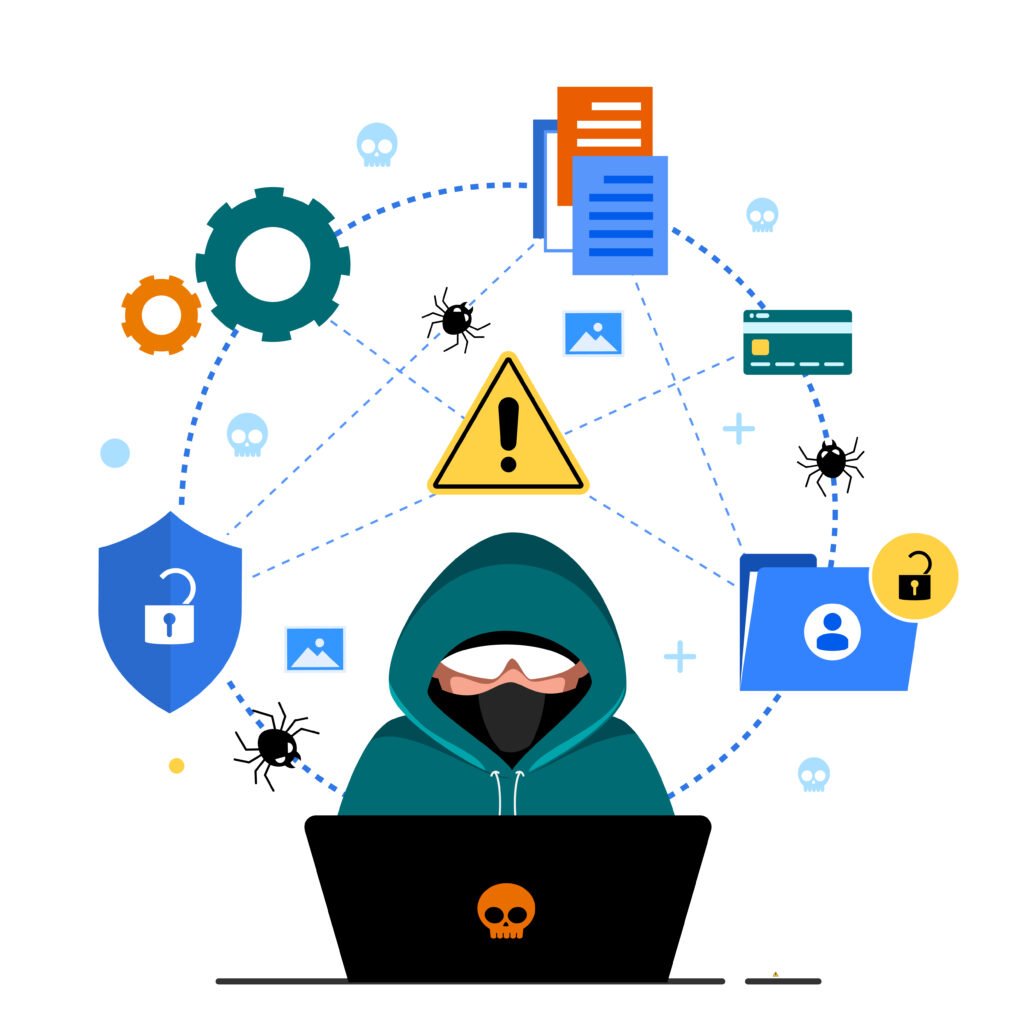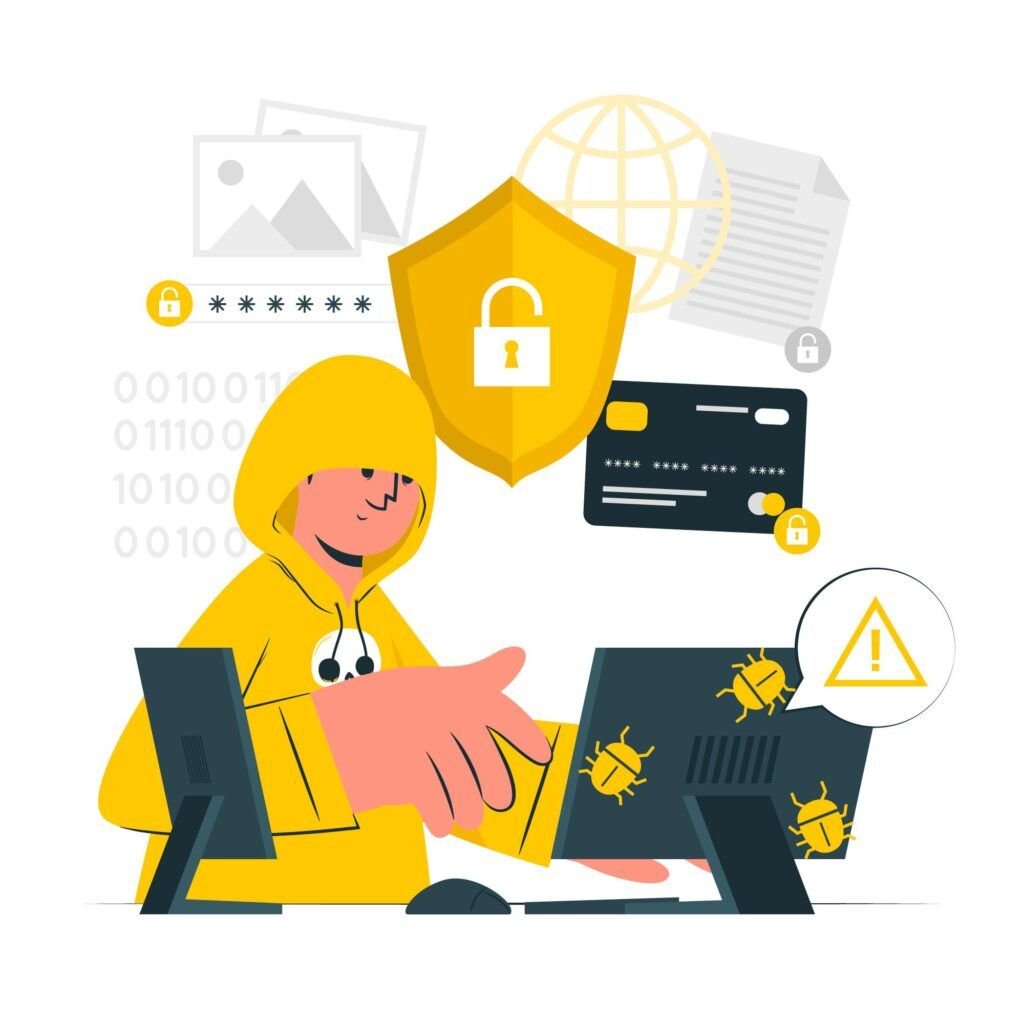In today’s digital age you Need Cyber Insurance, cyber threats are more prevalent than ever. Organizations of all sizes are vulnerable to attacks, ranging from data breaches to ransomware, and the financial and reputational damage can be devastating. While technology evolves at a rapid pace, cybercriminals are always a step ahead, finding new ways to exploit vulnerabilities. This is where cyber insurance steps in as a safety net, offering protection against the fallout from such attacks.
The Rising Threat in 2025 You Need Cyber Insurance
Cybercrime is at an all-time high. According to Cybersecurity Ventures, global cybercrime costs are projected to reach $10.5 trillion annually by 2025. This represents a 15% increase from previous years, demonstrating just how rapidly this threat is growing.It is anticipated that the financial cost of cybercrime would surpass the GDPs of numerous nations and may surpass other significant global economic sectors.
In this blog, we’ll explore ten shocking cyber attacks that highlight the importance of investing in cyber insurance. We’ll also discuss how cyber insurance can help businesses mitigate these risks and protect themselves from financial devastation.
1. The WannaCry Ransomware Attack (2017)
One of the most infamous ransomware attacks in recent history, the WannaCry attack impacted over 230,000 computers across 150 countries. The ransomware spread through a vulnerability in Microsoft Windows, encrypting files and demanding ransom payments in Bitcoin. The attack disrupted businesses, hospitals, and government agencies, including the UK’s National Health Service (NHS).
Impact: The WannaCry attack led to millions of dollars in losses for organizations around the world. The NHS, for example, had to cancel thousands of appointments, costing the health service an estimated £92 million.
Relevance of Cyber Insurance: A strong cyber insurance plan might have assisted impacted companies in recouping their monetary losses, which included compensation for ransomware, IT expenses, and harm to their reputation.

2. The Equifax Data Breach (2017)
In 2017, Equifax, one of the biggest credit reporting companies in the United States, experienced a significant data breach that resulted in the exposure of 147 million people’s personal data. Equifax neglected to patch a flaw in the open-source web application framework Apache Struts, which led to the intrusion.
Impact: The breach led to the theft of sensitive data, including names, Social Security numbers, birthdates, and addresses. Equifax faced numerous lawsuits and regulatory fines, along with significant reputational damage.
Cyber Insurance Relevance: Cyber insurance could have covered legal fees, regulatory fines, and the costs of providing credit monitoring to affected individuals, helping Equifax manage the financial aftermath.
3. The SolarWinds Hack (2020)
One of the most advanced and extensive cyberattacks in recent memory was the SolarWinds hack, which was discovered in late 2020. Hackers were able to access SolarWinds’ software supply chain, which supplies IT management software to thousands of businesses, including Fortune 500 firms and government agencies.
Impact: The attack affected over 18,000 organizations, including US government agencies like the Department of Homeland Security and the Treasury Department. The breach remained undetected for months, giving hackers ample time to spy on sensitive government communications.
Cyber Insurance Relevance: For businesses affected by the SolarWinds hack, a comprehensive cyber insurance policy could help cover the costs associated with breach detection, public relations, legal fees, and data recovery.
4. The Target Data Breach (2013)
In 2013, retail giant Target fell victim to a cyber attack that exposed the credit and debit card information of 40 million customers. The breach was traced back to a compromised vendor account that gave hackers access to Target’s point-of-sale systems.
Impact: Target faced an estimated $162 million in costs related to the breach, including settlements, credit monitoring services, and forensic investigations. The company’s reputation also took a major hit, leading to decreased consumer trust.
Relevance of Cyber Insurance: 1Target’s financial burden might have been lessened if it had had a cyber insurance coverage to help cover the expenses of consumer notifications and data breach response.

5. The NotPetya Ransomware Attack (2017)
The NotPetya attack was a destructive ransomware attack that initially appeared to be a variant of the Petya ransomware. However, it soon became clear that the attack’s goal was not to collect ransom payments but to cause widespread damage. The attack targeted Ukrainian businesses and quickly spread to multinational corporations.
Impact: NotPetya caused billions of dollars in damages, affecting companies like Maersk, Merck, and FedEx. The attack crippled operations, disrupted supply chains, and caused significant financial losses.
Cyber Insurance Relevance: With the costs of the breach escalating, cyber insurance would have been a vital resource for managing legal liabilities, notification costs, and reputation management.
7. The Facebook Data Scandal (2018)
In 2018, Facebook was embroiled in a data privacy scandal involving its partner company, Cambridge Analytica. The company misused Facebook user data for political purposes without users’ consent, raising concerns about data security and privacy.
Impact: The scandal led to widespread public outrage, regulatory investigations, and millions of dollars in fines. Facebook faced significant reputational damage and loss of user trust.
Cyber Insurance Relevance: A cyber insurance policy would have helped cover legal fees, fines, and crisis management costs, allowing Facebook to handle the aftermath more effectively.
8. The Colonial Pipeline Ransomware Attack (2021)
In May 2021, Colonial Pipeline, one of the largest pipeline operators in the US, fell victim to a ransomware attack. The attack disrupted fuel supplies along the East Coast, leading to panic buying and fuel shortages.
Impact: Colonial Pipeline paid a $4.4 million ransom to the hackers, though the US government later recovered part of the funds. The attack highlighted vulnerabilities in critical infrastructure and the potential for widespread disruption.
Cyber Insurance Relevance: Cyber insurance would have helped cover the ransom payment, business interruption costs, and the expense of restoring systems and operations after the attack.
9. The Marriott International Data Breach (2014-2018)
Marriott International suffered a data breach that exposed the personal information of over 500 million customers. The breach was caused by unauthorized access to the Starwood guest reservation database, which Marriott had acquired in 2016.
Impact: The breach included sensitive data like passport numbers, email addresses, and payment card information. Marriott faced fines, lawsuits, and reputational damage from the breach.
Cyber Insurance Relevance: Cyber insurance could have helped Marriott manage the financial burden of responding to the breach, including the costs of legal defense, customer notifications, and public relations.
10. The Uber Data Breach (2016)
A data breach at Uber in 2016 resulted in the exposure of 57 million drivers’ and users’ personal data. Two hackers were responsible for the attack; they used a compromised login credential to access Uber’s Amazon Web Services (AWS) account.
Impact: Due to Uber’s initial failure to make public the breach, the company suffered additional reputational harm and was fined $148 million. Numerous lawsuits were also brought against the firm because of the breach.
Cyber Insurance Relevance: For Uber, cyber insurance could have alleviated the financial impact of the breach, including the cost of the settlement, regulatory fines, and damage control efforts.
Why Cyber Insurance Is Essential for Modern Businesses?
These high-profile cyber attacks demonstrate the growing threats that organizations face in an increasingly digital world. Whether it’s a small business or a multinational corporation, every organization is a potential target for cybercriminals. The financial and operational impact of 1a cyber attack can be devastating, which is why cyber insurance is an essential tool for protecting your business.
What Is Covered by Cyber Insurance? Numerous costs associated with cyberattacks can be covered by cyber insurance, such as:
- Data breach response: Costs for forensic investigations, legal fees, notification to affected individuals, and credit monitoring services.
- Business interruption: Compensation for lost income during a cyber attack or system downtime.
- Ransom payments: Coverage for ransom payments made to cybercriminals in ransomware attacks.
- Legal expenses: Protection against lawsuits and regulatory fines related to data breaches.
- Crisis management: Costs for public relations services and reputation repair.
Cybersecurity threats are not going away anytime soon, and the risk of a cyber attack is a reality that every business must face. The top 10 cyber attacks we’ve highlighted show the devastating effects that breaches can have on both large and small organizations. Businesses can shield themselves from the financial consequences of a cyberattack and concentrate on recuperating and reestablishing their operations by purchasing cyber insurance.
Take proactive measures now to protect your company with the appropriate cyber insurance coverage rather than waiting until it’s too late.
FAQs
How much cyber insurance do i need?
The amount of cyber insurance you need depends on your business size, industry, and risk exposure. Assess factors such as the volume of sensitive data you handle, your reliance on digital systems, and the potential costs of downtime or data breaches. Small businesses typically require policies covering $500,000 to $2 million, while larger enterprises may need $5 million or more. Conduct a risk assessment and consult with an insurance provider to determine adequate coverage. Investing in sufficient cyber insurance ensures financial protection against ransomware, legal fees, regulatory fines, and data recovery costs, safeguarding your business from costly cyber threats.
How much does cyber liability insurance cost?
The cost of cyber liability insurance varies based on factors like business size, industry, coverage limits, and risk exposure. On average, small businesses pay between $500 and $2,000 annually for policies with coverage limits of $1 million. High-risk industries like healthcare, finance, and e-commerce may face higher premiums due to increased data breach risks. Larger organizations or those needing broader coverage may pay significantly more. Additional factors, such as prior cyber incidents and security measures in place, also influence costs. Investing in cyber liability insurance provides financial protection against data breaches, ransomware, and legal fees, ensuring business continuity and peace of mind.
Is cyber insurance works for bussines?
Businesses must have cyber insurance in this digital age to safeguard themselves financially from cyber dangers such as phishing, ransomware, and data breaches. It encompasses expenditures like data recovery, company interruption, legal fees, regulatory penalties, and customer notification charges. Cyber insurance, appropriate for enterprises of all scales, safeguards continuity by mitigating financial losses resulting from cyber incidents. Industries managing sensitive information, such as healthcare and banking, especially gain from this coverage. To select the appropriate policy, evaluate your enterprise’s risk exposure, cybersecurity protocols, and data management policies. Cyber insurance is a preemptive measure to protect your enterprise in a changing threat environment.
How much cyber liability insurance do i need ?
The requisite quantity of cyber liability insurance is contingent upon the size of your firm, the industry in which it operates, and its exposure to risk. Commence by evaluating the number of sensitive data you manage, your reliance on digital activities, and the financial repercussions of prospective cyberattacks. Small enterprises may necessitate coverage ranging from $500,000 to $2 million, whilst larger corporations or those in high-risk sectors such as healthcare or finance may demand $5 million or greater. Evaluate elements including regulatory penalties, legal expenditures, and operational disruption costs. Engaging a cybersecurity specialist or insurance provider can ascertain the most suitable coverage to safeguard your enterprise efficiently.








